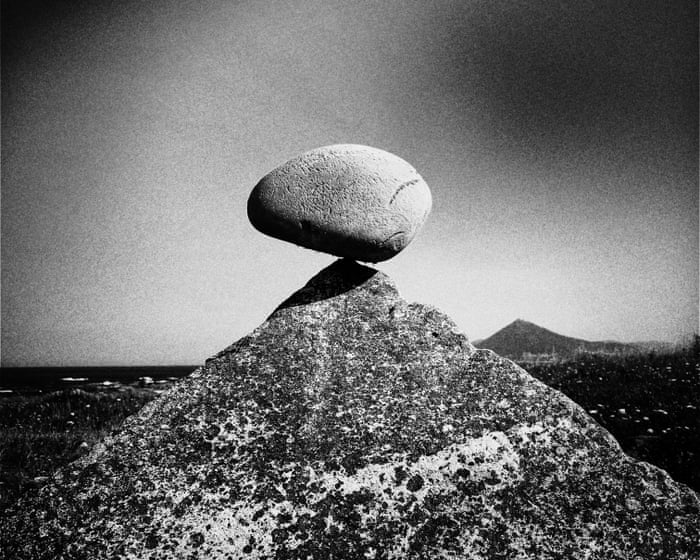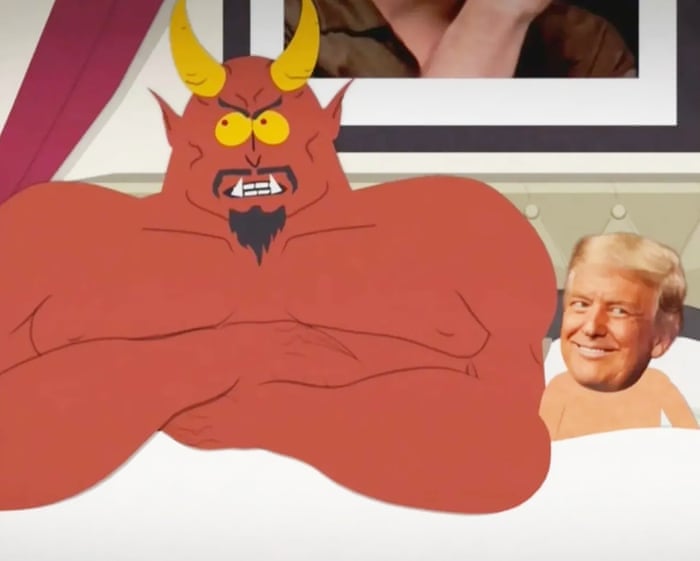The legendary actors of the 1970s are now in their later years. “I’m so sad about Redford,” says Al Pacino, speaking just a day after the death of his fellow octogenarian actor Robert Redford. “I liked him so much. He was such a sweetheart.”
Perhaps because he is currently filming King Lear, Pacino is reflecting on the inevitability of aging and loss. He recently rewatched his younger self in Dog Day Afternoon, a Hollywood classic celebrating its 50th anniversary this Sunday, and was struck by how many of the cast members have since passed away.
“It hits you, seeing all those people in Dog Day,” the 85-year-old says during a phone call from Los Angeles. “Can you imagine how you feel? Wow. It’s like a dream. You have a dream of someone and you’re so happy about it, then you wake up and they’re not there anymore. They don’t even exist—at least not in three dimensions.”
Cinema offers a way to defy death, at least in two dimensions. On screen, Pacino will always be that raw, vulnerable, and intense presence in Dog Day Afternoon. The film is a crime drama based on the true story of a botched bank robbery and was one of the first mainstream Hollywood movies to acknowledge the existence of transgender people.
Pacino plays Sonny Wortzik, a desperate man who, along with his partner Sal (John Cazale), tries to rob a Brooklyn bank to pay for his partner’s gender-affirmation surgery. The heist spirals into a chaotic hostage situation as Sonny’s personal struggles and media attention take over. Directed by Sidney Lumet, the film won an Oscar for Frank Pierson’s screenplay.
Pacino had just finished playing Michael Corleone in The Godfather Part II, a hard act to follow. He was approached about Dog Day Afternoon by Martin Bregman, his former manager and the producer of Serpico, another Lumet-directed film starring Pacino.
“He told me he wanted me to do it, and I had read the script and thought it was well-written, but I didn’t want to do it,” Pacino recalls. “I was in London at the time and thought, I’m running out of steam. I don’t know if I can do this again. Taking on that kind of intensity felt too close to The Godfather II, which was an intense experience in many ways—not just the work, but everything happening in my personal life was affecting me.”
Pacino turned down the role. “I thought, okay, I get it’s a great offer, and thank you, but I don’t think I can do this. I’d like to pass.” He adds with a chuckle, “Once again, I’ve got some kind of gun and I’m going to rob a bank—I don’t want to go through that.”
After returning to life in New York, Pacino says, “Bregman came back to me because they had someone else interested, a notorious, famous actor.” (It was widely reported to be Dustin Hoffman, though Pacino denies knowing that.)
Instead, Pacino explains how Bregman persuaded him to reconsider the script. “He calls me. I read it again and realize this is even more than I thought. It’s an interesting, powerful piece of work. I knew Sidney was involved, who I loved—we did Serpico together. My first thought was, why did I pass this up? Where was my head? He [Bregman] was a very wise man. I said, ‘Why aren’t I doing this, Mr. B?’ He said, ‘I don’t know. Why aren’t you doing it?’ I said, ‘Yeah, okay, I’ll do it.’ He said, ‘All right.’ I guess he had some work to do, but they gave me the part, and that was it.”
Lumet gave the cast—many of whom had worked with Pacino on stage—three weeks to rehearse before filming began, which is rare in the movie industry. But Pacino had trouble finding his footing.For some reason, I felt like I didn’t know the character I was playing. I must have skipped over that during rehearsals or something. I’m not sure what happened, but when I saw myself on screen, I thought: no. I realized I didn’t have a character, so I started asking myself, what am I doing? Where am I? Who am I? Where am I going?
That night, I went home and drank half a gallon of white wine—which I don’t normally do—and spent the whole night searching within myself for the character, using the script. The next day, when I came in, Lumet was looking at me like, “What happened, Al?” My friends in the cast were saying, “I think he’s having a breakdown.”
But I wasn’t. I was becoming someone else—the guy in the film. To this day, I don’t know if I was fooling myself or not, but going through that process helped me. Whether it was the right or wrong thing to do, it gave me something personal to work with.
One of the film’s most famous lines was improvised on the spot. It referred to the 1971 Attica prison riot, where inmates took over a maximum-security facility near Buffalo, New York, holding 42 staff hostage and demanding better treatment and conditions. The standoff ended with a violent police assault that left 33 prisoners and 10 hostages dead, making it the deadliest prison riot in U.S. history.
During the heist, Pacino’s character steps out of the bank to talk to the police, cheered by a growing crowd of extras. Before one exchange, assistant director Burtt Harris whispered to Pacino, “Say Attica.”
“The cameras were rolling. He came up to me and said, ‘Come here, Al—say Attica.’ I said, ‘What the—’ and he repeated, ‘Say Attica.’ I was in character, so I went out there, and it was on my mind because I remembered when Attica happened.”
As a police officer moved toward him, Sonny shouted, “He wants to kill me so bad he can taste it!” Pacino recalls, “It felt like the right moment. I yelled, ‘Remember Attica! Attica!’ The crowd went wild. It was like a fuse lit everyone up.
“I started screaming because we all felt the same way about what happened at Attica. It was amazing. I knew I had them then. Things like that can happen in film—when it feels natural, not forced, it just works.”
Another iconic scene, a long phone conversation between Sonny and his partner Leon (who identifies as a woman, played by Chris Sarandon), was improvised over three takes that Lumet later edited together. Pacino says, “One day, Lumet told me right there, ‘Al, this is out of our hands. It’s got its own life.’”
Lumet was a cinematic giant, with other works like 12 Angry Men, Network, and The Verdict. Pacino says, “He was the greatest director I ever worked with. There are other great directors, of course, but Sidney understood actors. Directors came to watch him work—how he operated the cameras, how he set up a shot.”
Pacino was “stunned” to meet Italian director Federico Fellini on the set of Dog Day Afternoon. Fellini had considered him for a role but decided he wasn’t right. “I remember him giving me a compliment: ‘You are too good-looking for this role.’ I thought, wow, he really knows how to handle an actor. What a thing to say. Okay!”A stage version of “Dog Day Afternoon” is coming to Broadway next year, starring Jon Bernthal and Ebon Moss-Bachrach—both known for their roles in “The Bear”—and directed by Rupert Goold. Al Pacino, who starred in the original film, sends his best wishes. He reflects on why the movie, which so vividly captures the raw energy of 1970s New York, still resonates after 50 years.
“I think it holds up because Sidney Lumet really captured the humanity, the connections, and the era. In some ways, it feels even more relevant today than it did back then,” Pacino says.
He recently rewatched the film on a big screen and highly recommends the experience. But he also enjoys television—he loved the Netflix series “Adolescence”—and has become a YouTube enthusiast. “I live for it. It covers everything from A to Z. You can find anything—everything has been filmed and interpreted.”
Still, he’s aware that this also means plenty of misinformation is out there. “The other day I saw that I died—again,” he laughs. “You see it all the time with celebrities. ‘We offer our condolences.’ Well, either I’m mistaken or they are. I seem to be right here!”
While many in Hollywood might point to Donald Trump as contributing to a breakdown in shared facts, Pacino stays characteristically quiet on the subject. “I’ve never been one to talk about politics,” he says. “I know something unusual is happening, but I steer clear. I definitely avoid it in public. I just don’t go there.”
This sets him apart from his “Godfather Part II” co-star Robert De Niro, who has been openly critical of Trump. Pacino says warmly, “That’s just him. He’s his own person. He feels things and speaks his mind—I think it’s really cool. I love Bob. We go way back. He’s someone I truly love.”
Though Robert Redford has stepped back, De Niro and Pacino continue their careers. As Pacino will likely express in the upcoming “King Lear” adaptation, “Ripeness is all.” He stars alongside Rachel Brosnahan, Jessica Chastain, Ariana DeBose, and Peter Dinklage.
Now at an age of reflection, Pacino released a memoir last year titled “Sonny Boy,” looking back on his unique life and career. He jokes that he’ll do another interview with The Guardian for the book’s 50th anniversary in 2074.
“You’ll be old enough by then,” he says, amused yet with a hint of sadness. “I won’t be around, though. It’s a shame, isn’t it? A shame we have to go. Who knows—will we keep our memories when we’re gone? Memories mean everything.”
Frequently Asked Questions
Frequently Asked Questions About Al Pacino Reflecting on Dog Day Afternoon at 50
1 What is Dog Day Afternoon
Dog Day Afternoon is a 1975 crime drama film directed by Sidney Lumet starring Al Pacino as a man who attempts to rob a bank to pay for his partners genderaffirming surgery
2 Why is Al Pacino saying the film resonates more today
Pacino believes the themes in the filmsuch as economic struggle media sensationalism and LGBTQ issuesfeel even more relevant and urgent in todays social and political climate
3 What specific themes in the movie does Pacino think are relevant now
He highlights income inequality public distrust in institutions the role of media in shaping narratives and the complexities of identity and acceptance
4 Was Dog Day Afternoon based on a true story
Yes it was inspired by a real bank robbery that took place in Brooklyn in 1972 carried out by John Wojtowicz to fund his partners surgery
5 How did audiences and critics originally respond to the film
The film was both a critical and commercial success praised for its realism Pacinos performance and its bold approach to social issues
6 Why might younger audiences connect with this older film today
Many of the struggles depictedlike financial hardship and fighting for marginalized rightsmirror current conversations making it easy for new viewers to relate
7 Did Al Pacinos role in this film impact his career
Absolutely It solidified his status as a leading actor known for intense emotionally complex roles and is still regarded as one of his finest performances
8 How does the film handle LGBTQ representation especially for its time
It was groundbreaking for portraying a gay character with depth and humanity challenging stereotypes common in 1970s cinema
9 What does resonates even more today mean in simple terms
It means the movies messages and emotions feel just as powerfulor even more sonow as they did 50 years ago
10 Where can I watch Dog Day Afternoon
Its available on various streaming platforms such as HBO Max or for rentalpurchase




